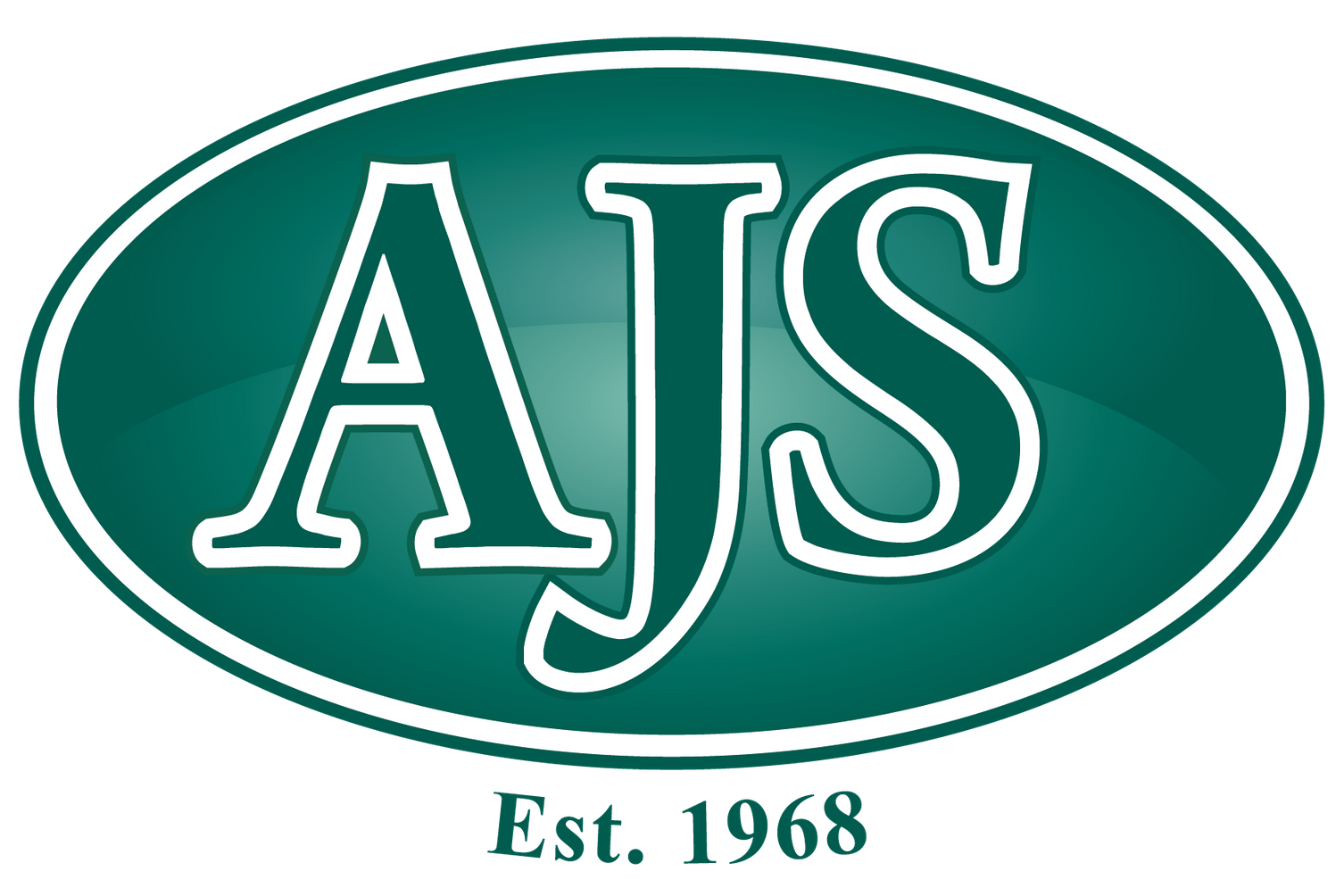Pulse Arc Welding vs Laser Welding. Which is Better?
 |
With more than 11 years of |
Pulse Arc Welding v Laser Welding
Which is Better?
Have you ever needed a welder but were overwhelmed and confused by all the different welding options? You are not alone.
The question, "Which is my best option: an Orion pulse arc welder, or a Dado laser welder, or a fullsize bench top laser welder?" is frequently a matter of discussion on social media. And it’s also a question that is asked to every Orion micro welding consultant on a daily basis.
Community-generated feedback is great, because those providing the answers have hands-on experience and can share their own testimonials about what they like or dislike, what has worked or not worked, and what they would recommend based on their needs and experiences. But pay close attention to the last part of that previous statement. The answers are all based on their needs and experiences. Their needs and experiences are unique to them and might not match your needs and experiences.
So, I will try and provide an answer that is based less on opinion and instead focus on each option’s advantages and capabilities.
The short answer to the question is “It depends.” Both pulse arc and laser welders can achieve very similar results. But the technologies work in very different ways. See below for a brief overview.
What is Pulse Arc Welding?
Pulse arc welding consists of a negative charged tungsten electrode and a positive charged grounding clip. The work piece is connected to the positive-charged grounding clip.
Next, the welding process consists of the following steps or events:
Gas it Up
Shielding gas, such as argon, is applied just prior to the ignition of the welding process. Argon protects the molten weld joint from exposure to damaging gases, such as oxygen and acts as an electron carrier during the welding process.
Electrify It
The welding machine then applies a voltage potential between the positive and negative terminals, negative terminals, causing a small fraction of the shield gas to disassociate into high temperature, electrically conductive plasma.
Retract It
Many pulse arc welders retract the welding electrode at this point in the welding process.
Pound It
The tungsten welding electrode emits electrons under the weld voltage potential and, at elevated temperature, also produces thermionic electron emission. The tungsten electron emission is the main contributor to the weld current. The electrons are accelerated and impact the workpiece at high thermal energies, thus transferring their momentum to the weld area. A large amount of energy is also concentrated on the weld spot as the weld electrons provide an additional voltage drop to be absorbed into the positive anode.
Light it Up
Electrons that combine with ions during the welding process emit light in a broad spectrum, with the most photonic energy being concentrated in the blue/ultraviolet region of the spectrum.
Cool It
As the voltage potential is removed, the arc extinguishes, and the weld pool settles and solidifies.
The key advantages and unique features of pulse arc welding are:
- Silver
- Deeper, stronger
- Lower cost
- Cheaper maintenance
- Smaller size
What are the Laser Welding Advantages?
Laser welders operate in a very different manner. Using a flash lamp, a neodymium (Nd) dipped crystal, some mirrors, and focusing optics, lasers welders are able to use light to impact the surface of a work piece with enough force to heat the metal and change it from a solid state to a liquid state. The most critical parameters on a laser welder are the weld power, weld length, and the spot size diameter. Fine-tuning these three parameters allows operators to create ideal welds for all their applications.
The key advantages or unique features of laser welders are:
- Faster
- Contactless
- Spot size independent from weld energy
Comparing the pulse arc and the laser, the welding processes are quite different, but the weld results are quite similar. In fact, it might be difficult to identify a laser weld from a pulse arc weld if they were placed side by side. An experienced welder may be able to tell the difference, but the point to be made is the results are quite similar.
Both technologies can achieve successful results for many different applications including repairing chains, resizing rings, re-tipping prongs, custom fabrication. If you are more likely to do lower volumes, more conductive metals (silver, copper, etc.), basic (low priced) repairs, then a pulse arc welder might be a better fit.
Alternatively, if you need to perform high volumes of welds, very thin-walled pieces, unique and hard-to-reach welds, or high-end repair jobs, then a laser welder will generally be a better option.
What other experts are saying
I reached out to a friend in the industry, Mr. Jeff Georgantes, who currently works as the head of the Jewellery/Metals program at Dartmouth College, to get his take on the topic.
Here is what he had to say:
“Many people think that lasers are always best. But I want to propose that that is not true. For example, lasers are excellent with gold and platinum, but precision arc welders are a little better with silver, copper, brass. Lasers do not have deep penetration. They create more of a surface weld versus a deep weld. Precision arc welders generally have more power and often weld with deeper penetration."
“Both lasers and precision arc welders do similar things, but they weld in very different ways."
“How so? Let’s look at each option. With arc welding, the most simplistic explanation is that if you take positive and negative leads and touch them together, you get a really hot spark. Precision arc welding does that in a very controlled way. (There is obviously more to it, like creating plasma)."
“Lasers, on the other hand, weld with a highly concentrated beam of infrared light."
“I think it is easiest to think of lasers like water in a household garden hose. The pressure coming from the spigot that the garden hose is attached to has a certain pressure coming out of it. If the nozzle on the spray end of the hose is open all the way, you get a stream of water that is wide and heavy but does not go very far.
"If you close the nozzle to constrict the stream of water, you will get a thinner stream of water that goes farther and with more force."
"Lasers work like that. You can control the width and power of the laser beam."
"A wider beam with the same power will have less strength than a narrow beam. You cannot really make that fine adjustment with an arc welder."
"The answer to the question then is if you work primarily with gold and platinum and do a lot of fine metal repair work, a laser is probably a better option."
If you work primarily with silver, brass & copper, a precision arc welder is perhaps a better option. Both lasers and arc welders can work with any of those metals, but they each have different strengths. Again, a laser welder isn’t always the best option for all jewellers.”
Summarising the Pulse Arc v Laser Welding Question
After presenting the strengths and unique features of both technologies, I want to propose that we alter the original question of “which is better” and instead replace it with questions like “would my work piece benefit more from arc welding or laser welding?”
Or, better yet, “How can I benefit from investing in both technologies and maximising my welding capabilities? Which common jobs could I speed up or simplify if I had a laser welder, and which jobs could be improved with using pulse arc welding?”
Perhaps you can find strategic arguments for both technologies?
I have travelled the world and everywhere I’ve been I have tried my best to educate people about the differences and advantages of each, with the ultimate goal to showcase how both welding technologies can complement the other. Sometimes it helps to I ask the following questions:
How many different pliers do you have on your bench? Why do you have so many pliers? What purpose is there in having a dozen different pliers?
You may answer that each pair of pliers serves a different purpose; each is specialised and has unique features and capabilities. I would argue that choosing between a pulse arc welder and a laser welder is similar to pliers.
You can get by with just one and make it work. But using one pair of pliers for everything would mean that you would be losing out on the benefits of using a tool that is better suited for each different application.
How to learn more
Your needs are unique. An AJS Welding expert can tell you which technology is better suited for your workshop. Phone 1300 852 999.
An Orion pulse arc or laser welder from AJS is waiting to become one of the most productive tools in your workshop! With an Orion welder you’ll become more productive, boost efficiencies, and fatten your bottom line. Call today for expert advice on which model is the best fit for your studio.
AJS Welder Selector
Click here to use this tool, which will help you determine the best welder for your particular needs.




